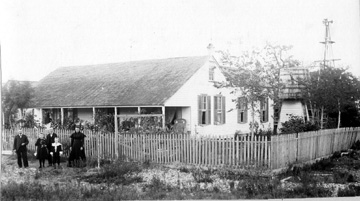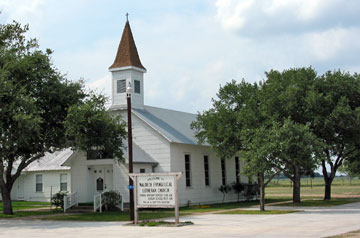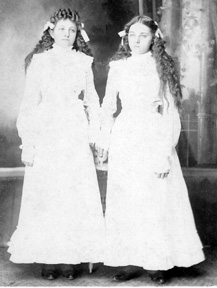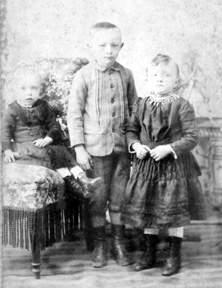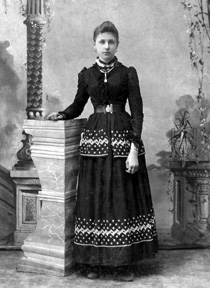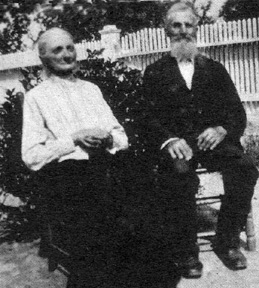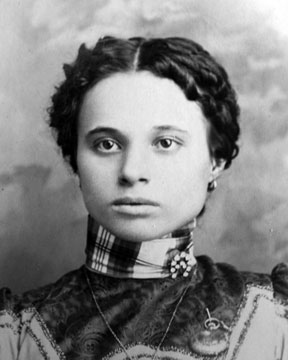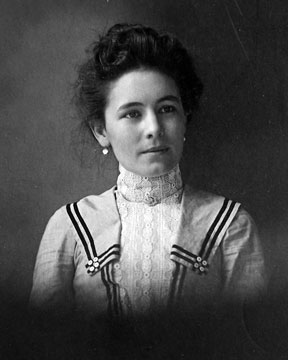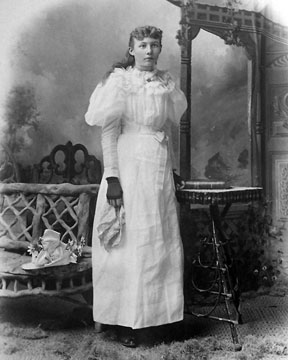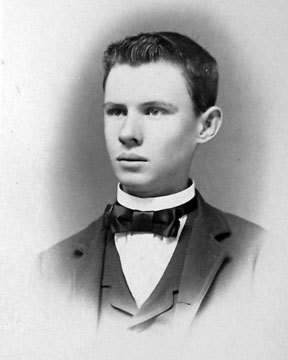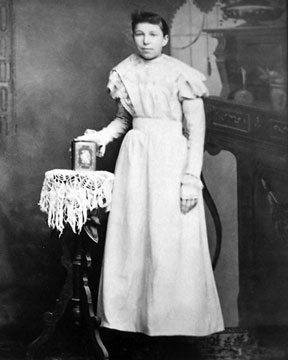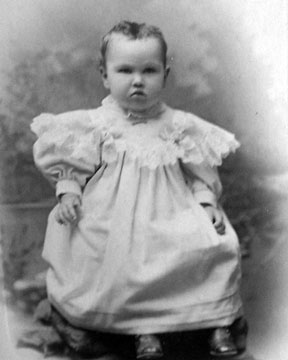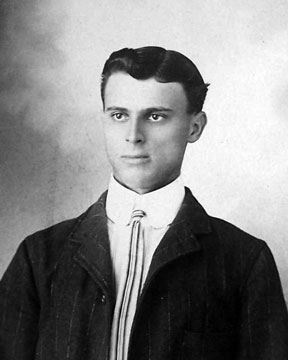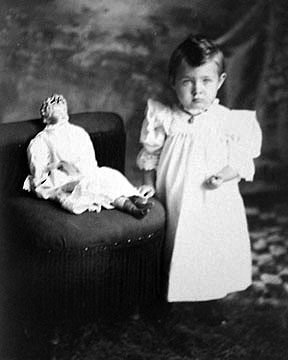A Footprints of Fayette article by Connie F. Sneed:
Waldeck, Texas
Waldeck is at the junction of Farm roads 1291 and 2145, thirteen miles north of La Grange in northern Fayette County. The community is predominantly German and is named for and located on lands originally purchased in 1843 by Count Ludwig Joseph von Boos-Waldeck as an agent for the Adelsverein, an association of German noblemen who planned for emigration to the Republic of Texas.
Ludwig von Boos-Waldeck, the son of Count Clemens of Boos-Waldeck and Montfort and Lady Johanne of Bibra, was born in Koblenz, on the Rhine River in what later became Germany, on November 26th, 1798. He was descended from a line of Rhenish knights and nobles dating back to the thirteenth century. Little is known about his youth and education, but he began his military career in the Prussian army. He left that service in 1832, however, to become aide-de-camp, with the rank of major, to Duke Adolf of Nassau. In 1837, the duke promoted him to the rank of lieutenant colonel. On October 1st, 1880, he died at Aschaffenburg, a Bavarian city on the Main River east of Frankfurt.
The general area comprising the Waldeck community was first known as Long Prairie because of its geographic features. A post office named Long Prairie was established in 1860; there at the outbreak of the Civil War the Long Prairie German Company was formed as a reserve infantry company for Confederate service. The Long Prairie post office closed in 1876, reopened as the Waldeck post office in 1881, and finally closed in 1929.
By 1900, Waldeck was a voting precinct and had a post office, store, school, gin, saloon, blacksmith shop, Lutheran church, and a reputation for producing good musicians. Cotton was the primary crop, followed by corn. The soils of the Long Prairie region are generally marginal for agriculture due to a high clay content and propensity to erode. Because the local streams, Albers Branch and Shaw Creek, often flooded, the United States Soil Conservation Service constructed flood-control impoundments on them during the 1950s. By 1950 businesses in Waldeck had decreased to two and the population to sixty. Children attended the Round Top-Carmine consolidated schools. Cotton was replaced as a money crop during the 1960s by cattle ranching and oil production. During the 1980s the Lower Colorado River Authority began extensive lignite mining in the area to support the LCRA's Fayette County Power Project.
References:
Frank Lotto
University of Texas Press
An Early History of Fayette County
La Grange Journal
The History of the German Settlements in Texas, 1831–1861
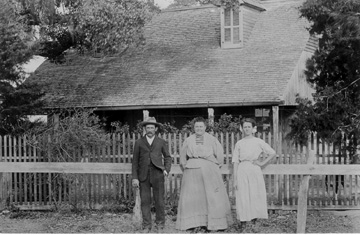 From Fayette County, Her History and Her People by F. Lotto, 1902:
From Fayette County, Her History and Her People by F. Lotto, 1902:
